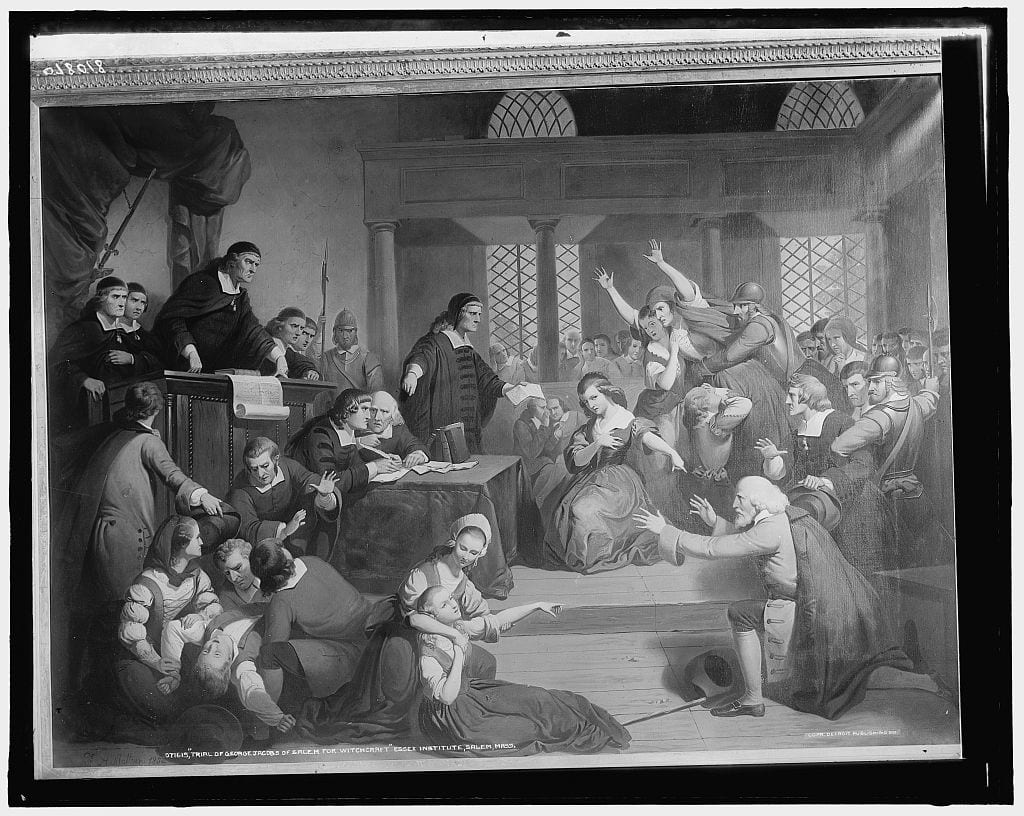This image of the title page is from one of the surviving 1682 editions of A True History of the Captivity and Restoration of Mrs. Mary Rowlandson. Mrs. Rowlandson was taken captive during a raid on Lancaster, Massachusetts during King Philip’s War; a war initiated by Metacom (Philip was his english name), sachem of the Wampanoag tribe, over strained relationships with New English settlers and encroachments on their lands and sovereignty. Other regional tribes joined as allies of Metacom or independently as enemies of the New English settlers. Mrs. Rowlandson and about twenty other survivors, mostly women and young children, were taken in what Native cultures called a Mourning War, in which captives were taken from neighboring or hostile people and gradually incorporated into the captors tribal unit to replace loved ones and replenish the population. The bloody nature of the Lancaster raid can be attributed to deep seated hostilities between the Invasive and Native populations. Many English captives were returned; those that were not had been assimilated or died. Most Native captives were not so lucky. Most were killed before they could be taken, others fled to neighboring tribes; those that were not dead and could not flee were sold into regional or foreign slavery, usually to the Caribbean sugar islands. Christian Indians, Native people who had adopted Protestantism and the English language, were usually exiled to Praying towns or reservations.
Date: August 7, 2020
Colonists used the belief of witchcraft to grapple with psychological tensions and concerns that had developed out of trying to make sense of their new external worlds, ultimately embedding witchcraft into the cultural belief system of the United States. In England, the Church suppressed any voice or power women may have had by limiting their societal roles. On the other hand, the Puritans believed that men and women were “equal” in the eyes of God. When arriving to the new settlements, Colonists needed to rely on both men and women to do their designated roles faithfully. This was to ensure the success and stability of their communities. Accusations of women practicing witchcraft in New England came about because the strict moral doctrine that Puritans adhered to created gendered societal roles and fear concerning the inability to attain salvation.
© 2025 Crisis and Catharsis
Theme by Anders Noren — Up ↑



